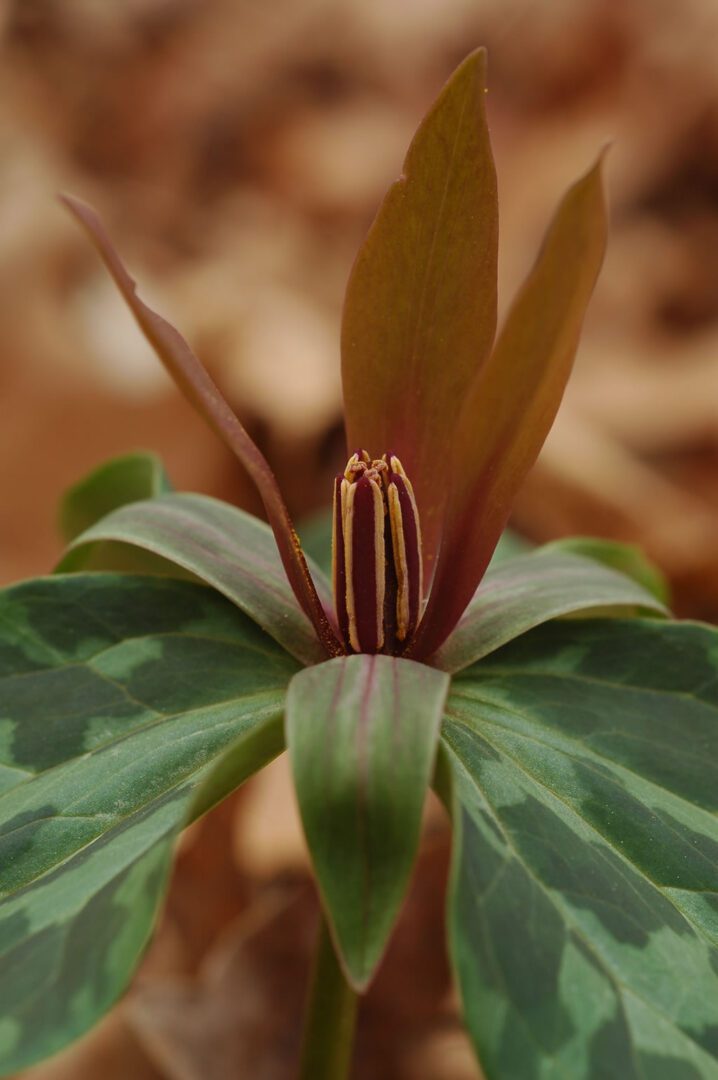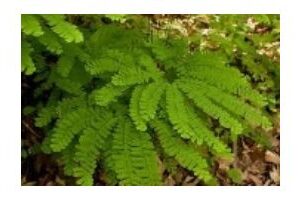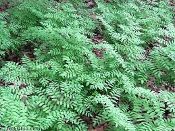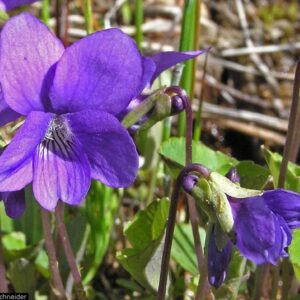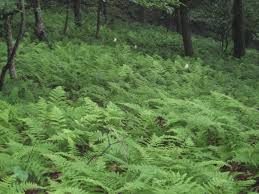Trillium cuneatum, Little Sweet Betsy, Wholesale Native Bare Root Perennials
$7.50
Out of stock
Trillium cuneatum, Little Sweet Betsy, Wholesale Native Bare Root Perennials
(requires a minimum purchase of 5 plants, must be purchased in groups of 5)
Wholesale pricing is based on quantity.
5 or more $7.50 each
25 or more $3.75 each
50 or more $2.25 each
300 or more $2.10 each
1000 or more please call 443-831-2986
For Shipping, Install and additional info please see “About Bare Root“.
Native bare root perennials are dug and shipped while dormant, mid October to early spring.
See all available Native Bare Root Perennials
Check the native status of this species for your area via the USDA Plants Database here
Order Minimum
There is a minimum order total of $150.00.
before tax (VA residents only) and shipping.
There are NO EXCEPTIONS.
Description
Trillium cuneatum, Little Sweet Betsy, Wholesale Native Bare Root Perennials
For Shipping, Install and additional info please see “About Bare Root“.
Native bare root perennials are dug and shipped while dormant, mid October to early spring.
See all available Native Bare Root Perennials
Check the native status of this species for your area via the USDA Plants Database here
Description
Sweet Betsy is a perennial wildflower native to the piedmont and mountains of North Carolina and the southeastern USA. In nature, it can be found in rich soils of cove forests, moist slopes, and bottomlands, usually over mafic or calcareous rocks. It is one of the largest and most vigorous of the sessile Trilliums. The plant spreads by underground rhizomes.
The flowers have three petals that are usually maroon, 3 sepals and 3 bracts that are large and mottled. Grow this plant in moist well-drained humus-rich soils in part to full shade. Use in a shady or woodland garden.
Insects, Diseases, and Other Plant Problems: No serious problems. Slugs and snails are occasional pests and leaf spot, rust and smut are occasional disease problems. It does not transplant well.
Country Or Region Of Origin:
Southeastern United States
Distribution:
AL , GA , IL , KY , MS , NC , SC , TN
Wildlife Value:
Bees and other pollinating insects enjoy the nectar from the flowers. Moths use this plant as a larval host. Small mammals enjoy the berries as a food source.
Play Value:
Attracts Pollinators
Wildlife Food Source
Wildlife Larval Host
Edibility:
EDIBLE PARTS: Young, unfolding leaves HARVEST TIME: Only collect leaves from areas you know have NOT been treated with pesticides. SAFE HANDLING PROCEDURES: Wash leaves in warm water to remove dirt and debris. Do not use dish detergent or any type of sanitizer. These products can leave a residue. Cook in boiling, salted water for ten minutes and serve like greens. SOURCE: Crowhurst, A. 1972. The Weed Cookbook. Lancer Books, Inc. New York, 190 pp.
Dimensions:
Height: 1 ft. 0 in. – 1 ft. 6 in.
Width: 0 ft. 9 in. – 1 ft. 0 in.
Light:
Deep shade (Less than 2 hours to no direct sunlight)
Partial Shade (Direct sunlight only part of the day, 2-6 hours)
Soil Texture:
High Organic Matter
Loam (Silt)
Soil pH:
Acid (<6.0)
Neutral (6.0-8.0)
Soil Drainage:
Good Drainage
Moist
Available Space To Plant:
Less than 12 inches
NC Region:
Mountains
Piedmont
USDA Plant Hardiness Zone:
5b, 5a, 6b, 6a, 7b, 7a, 8b, 8a
Trillium cuneatum, Little Sweet Betsy, Wholesale Native Bare Root Perennials
For Shipping, Install and additional info please see “About Bare Root“.
Native bare root perennials are dug and shipped while dormant, mid October to early spring.
See all available Native Bare Root Perennials
Check the native status of this species for your area via the USDA Plants Database here
Related products
-

Osmunda regalis, Royal Fern, Wholesale Bare Root Native Woodland Fern
$8.00 Add to cart -

Viola sororia, Common Blue Violet, Native Bare Root Perennial
$4.00 Add to cart -

ESTIMATED Shipping charge, 43,560 plugs, (Highly subject to change due to current fuel prices and fluctuating transportation fees.)
$3,920.40 Add to cart -

Dennstaedtia punctilobula Hay Scented Fern, Wholesale Bare Root Native Woodland Fern
$8.00 Add to cart
